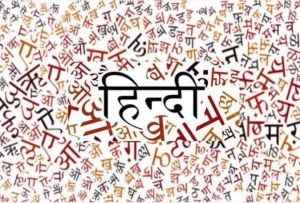Difference between revisions of "Language/Hindi/Vocabulary/Verb-“to-have-to”"
< Language | Hindi | Vocabulary
Jump to navigation
Jump to search
(Created page with "thumb <div style="font-size:300%"> Verb “to have to” in Hindi </div> Note: The verb “to have to” or “must” is rendered in...") |
|||
| Line 2: | Line 2: | ||
<div style="font-size:300%"> Verb “to have to” in Hindi </div> | <div style="font-size:300%"> Verb “to have to” in Hindi </div> | ||
__TOC__ | |||
==Rule== | |||
The verb “to have to” or “must” is rendered in three different ways in Hindi: | |||
*Tum ko jānā paṛegā?, | |||
*Tum ko jānā hai? or | |||
*Tum ko jānā cāhi(y)e? | |||
However, each of these sentences reflects a particular situation. | |||
*The first sentence implies that there is an obligation from a third party, | |||
*the second includes a temporal factor, i.e. that the obligation will take place in the future, | |||
*and only the third one is of general nature. | |||
==Examples== | |||
Revision as of 09:17, 9 October 2021
Verb “to have to” in Hindi
Rule
The verb “to have to” or “must” is rendered in three different ways in Hindi:
- Tum ko jānā paṛegā?,
- Tum ko jānā hai? or
- Tum ko jānā cāhi(y)e?
However, each of these sentences reflects a particular situation.
- The first sentence implies that there is an obligation from a third party,
- the second includes a temporal factor, i.e. that the obligation will take place in the future,
- and only the third one is of general nature.
